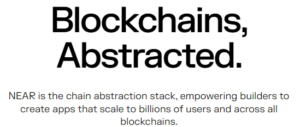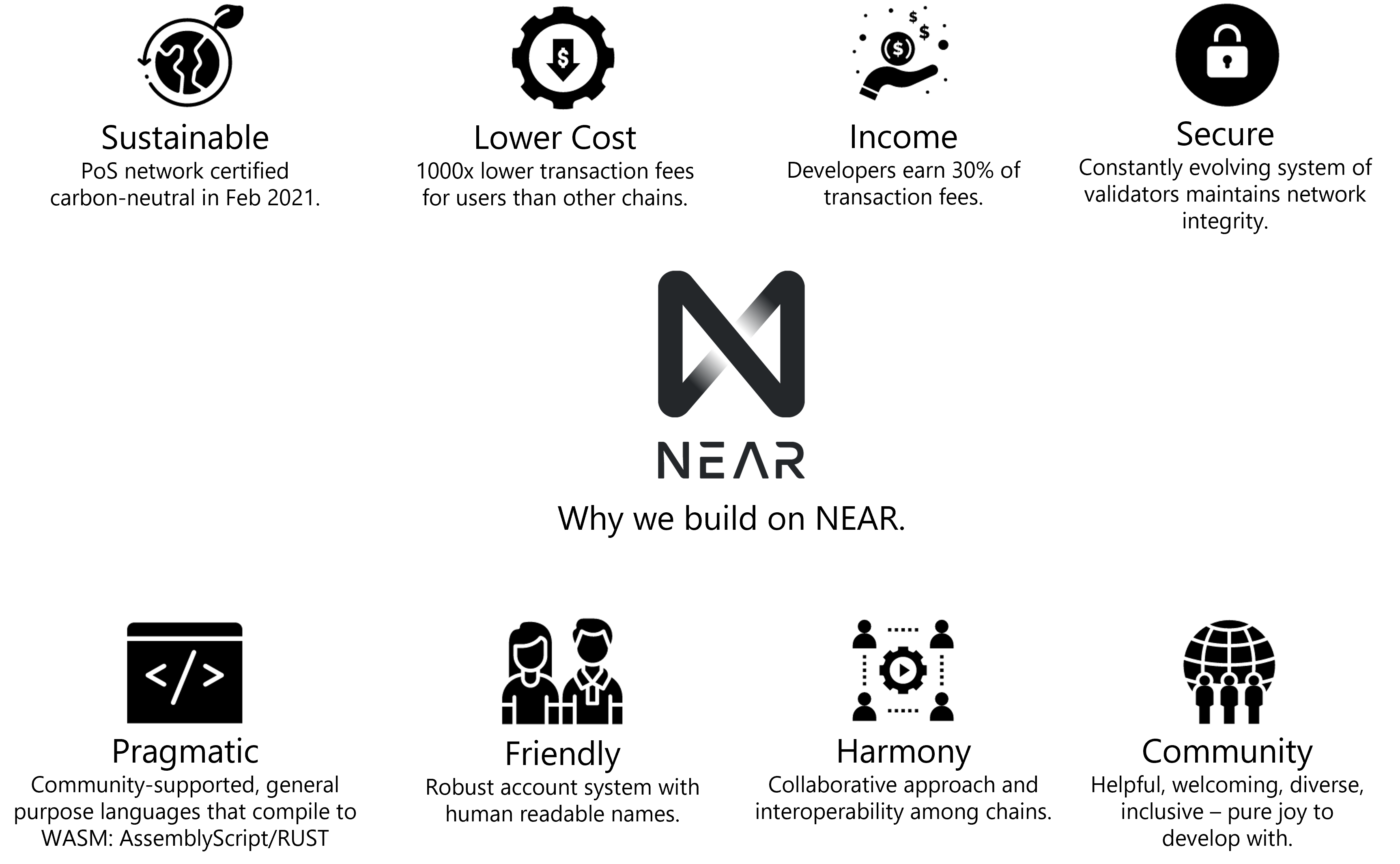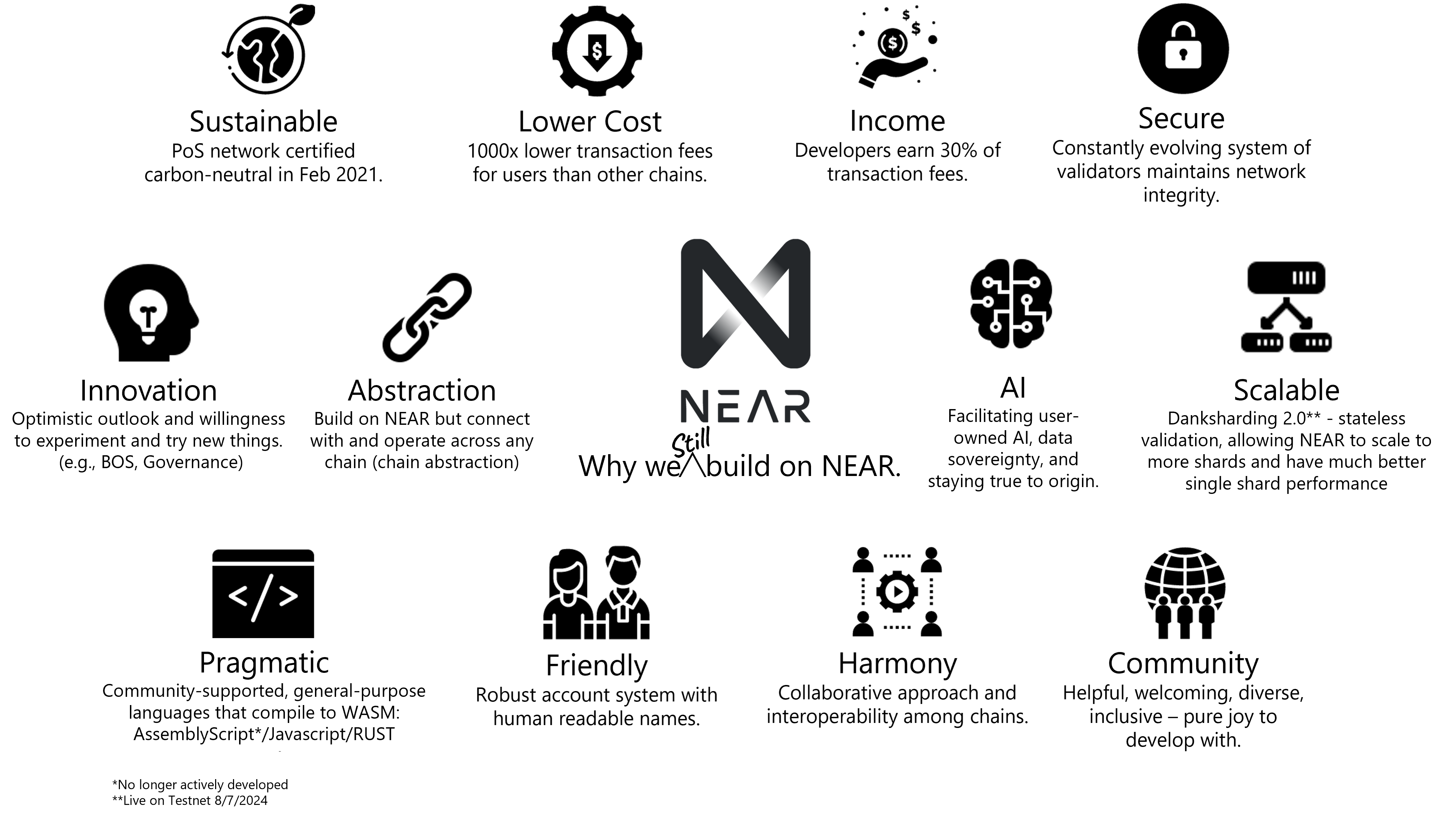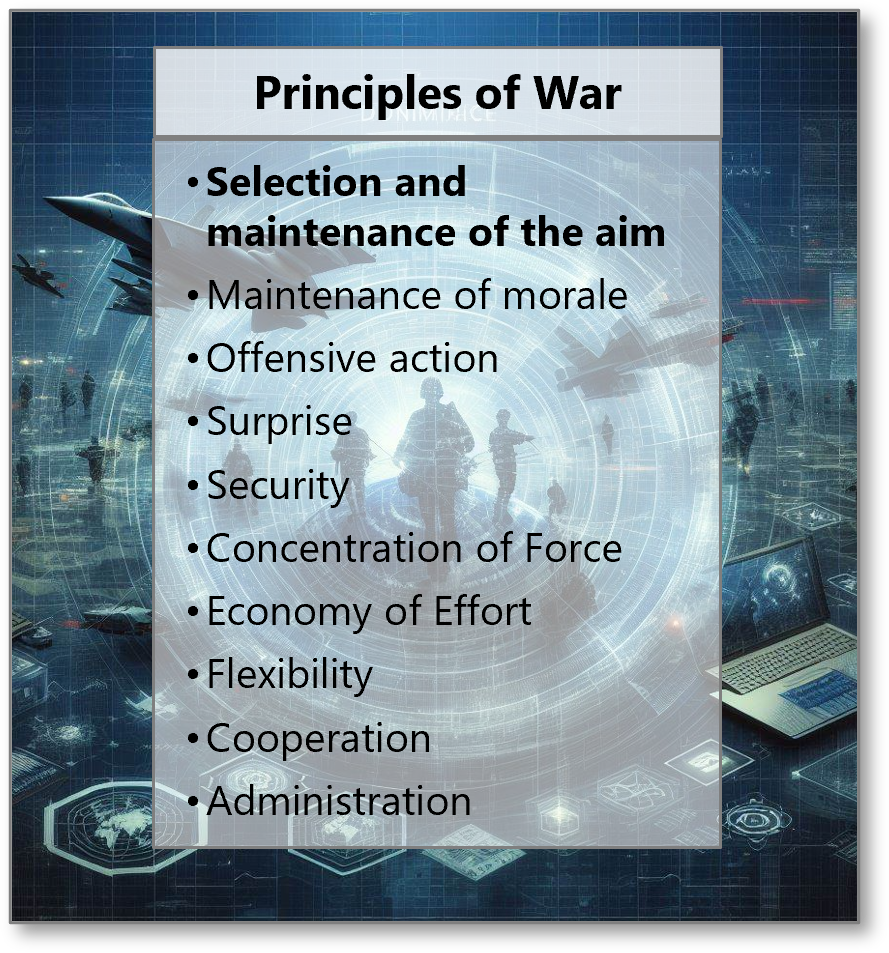What is NEAR?
Good question - it's increasingly difficult to figure out, but I'm going to try and answer.
As someone who has been building on NEAR and watching it go through identity crisis after identity crisis (or rebranding after rebranding) since 2020, it's been kind of hard to keep up.
There used to be a focus on how useable and friendly NEAR was (for both users and developers). For the longest time it was about user experience and getting to a billion users. Then things changed and with each experiment came a pivot in focus. First came the Blockchain Operating System (BOS), then Chain Abstraction, and most recently NEAR AI. All cool things in and of themselves, but in my opinion, they seriously confuse the hell out of anyone simply looking for a place to build great apps.
The billion users, awesome UX, extremely low fees, fast finality, huge scalability, and great developer experience (multiple smart contract languages) are all still there, but they've been buried away, deeper and deeper with increased focus on each new shiny thing. Instead of complementing what is great about NEAR in the first place, and being features that one can tap into, they seem to become all consuming - attempting to sell NEAR as this new thing.

And to someone stumbling on it for the first time, near.org doesn't do a great job (above or below the fold) of selling itself to developers as the place to commit to building.
What you see on the right is currently on the near.org homepage front and center. WTF is a chain abstraction stack? Do you think that actually means something to the average/new developer investigating NEAR for the first time, trying to decide whether to expend effort/time to learn how to build on it or not?
Sure, one gets a bit of a clue that it must be something that lets you build apps that are blockchain agnostic, but unless you've been following the whole chain abstraction narrative over the last little while, I would suggest it probably has little bearing on whether a new developer decides to make NEAR their home. And that's a huge shame, because ultimately, the more useful and enjoyable things that are built on NEAR, the quicker we get to the billion users.
Luckily, some developers/products see the benefits and decide to do the hard work to uncover what is great about NEAR/make it their home and the results have been incredible in terms of bringing in more and more users, making NEAR one of (if not the) most used blockchain by daily transaction volume/user accounts (HOT Game, Kai-Ching, Sender).
At the end of 2021, I posted on Twitter - explaining why we build on NEAR - summarized in the graphic below.

With each passing day, I lament the fact that it's not the same place as it was in 2020/2021. It makes me sad when I think about it.
I came to NEAR after following a link that was posted in a chat room during an Eth hackathon mentioning the Ready Layer One hackathon with a chain that promised super low gas fees and fast speeds meaning I could actually build something that provided the user experience one associates with a web 2 app.
That's a big deal, not to mention the 30% of fees that go to the developer of the contract.
Now, I know, more chains and L2s have since popped up meaning lower transaction fees and speed aren't as much of a differentiator, but honestly, even if I wasn't building on NEAR, it's the only place I can actually play around with defi without having to worry about how much I'm paying in gas fees to move things around, borrowing from Burrow, swapping on Ref, liquid staking on Meta Pool - sometimes several times an hour/day.
To this day, I don't understand how people can afford to/be profitable with the fees associated with Defi transactions on Ethereum...
Still Building on NEAR
Despite the frustrations and nostalgic sense of sadness I get when I think of the early days, I still think NEAR is the best place to set up shop. The graphic needed a bit of updating, so here's the new version. This is why we still build on NEAR:

Some Advice
If someone at NEAR with any kind of influence actually reads this, then I would like to offer my two cents as to how to fix the confusion and bring coherence to the narrative that is currently NEAR Protocol. Apply the tried/true principles of war and if you can't decide which to apply, pick the first one - selection and maintenance of the aim.

And finally, this is an open plea to say that I'm here to help (reach out if you want to chat). I really want to see NEAR get the attention and developer attraction it deserves.
